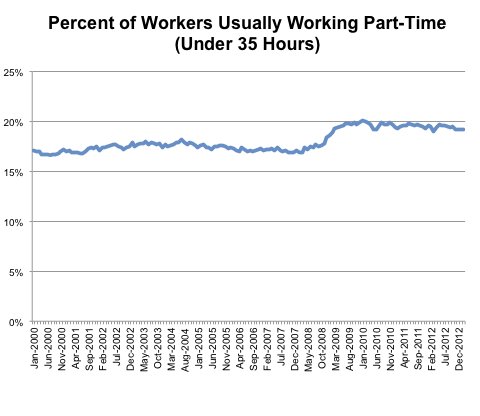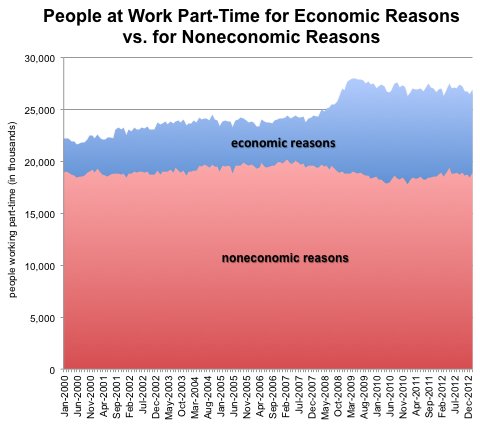“This might buy us a couple of minutes,” he said.
Roughly two minutes later, before his drink was ready, he was recognized anyway. Two awed young women approached to ask if he was really Bill Nye the Science Guy. Like more than a dozen other college students who would approach him over the next several hours, they asked if they could take a picture with him. He smiled, took a proffered iPhone, scooched the students in and, in a practiced gesture, stretched out his arm to take a shot of the three of them that you just knew was totally going on Facebook.
Mr. Nye had come to talk to them, and a few thousand of their friends, at Iowa State University. If he were a politician, college students would be his base. Instead, he is something more: a figure from their early days in front of the family TV, a beloved teacher and, more and more these days, a warrior for science. They, in turn, are his fans, his students and his army.
They have gone from watching him explain magnetism and electricity to defending the scientific evidence for climate change, the age of the earth and other issues they have seen polemicized for religious, political and even economic reasons.
He takes on those who would demand that the public schools teach alternative theories of evolution and the origins of the earth — most famously, in a video clip from the site BigThink.com that has been viewed some five million times. In it, he flatly tells adult viewers that “if you want to deny evolution and live in your world — in your world that’s completely inconsistent with everything we observe in the universe — that’s fine. But don’t make your kids do it, because we need them. We need scientifically literate voters and taxpayers for the future.”
In any given week, you’re likely to see Mr. Nye, 57, somewhere on television, calmly countering the arguments made by people like Marc Morano, the former Republican Senate staff member whose industry-funded organization, climatedepot.com, disputes the increasingly well-understood connection between rising levels of atmospheric carbon dioxide and warming. In an exchange several months ago on “Piers Morgan Tonight” on CNN, Mr. Morano denied that warming is occurring, and scoffed that Mr. Nye’s arguments were “the level of your daily horoscope.”
Mr. Nye quietly rebutted his opponent with the gravity of scientific consensus. “This will be the hottest two decades in recorded history,” he said. “I’ve got to disagree with you.”
Sometimes his advocacy can step out in front of scientific consensus, however. In May, after a monster tornado devastated large parts of Moore, Okla., he took a jab on Twitter at one of that state’s United States senators, James Inhofe, who has written a book calling climate change “the greatest hoax.” He mused: “Has anyone asked Oklahoma Senator Inhofe” about the frequency of such destructive storms? Yet a link between climate change and tornado activity has not been established.
On the night the tornado hit Moore, Mr. Nye explained to Mr. Morgan that “you can’t say from any one storm that ‘this is a result of, let’s say, climate change.’ ” But he noted that “if there’s more heat driving the storm, then there’s going to be more tornadoes,” and added that the question “is worth investigating.”
Neil deGrasse Tyson, the director of the Hayden Planetarium at the American Museum of Natural History, said that he considered Mr. Nye “among my best friends” and complimented him for “hitting controversial topics head on.”
But, he said, his own style is a bit less confrontational: “I’m looking to stimulate curiosity so most people can go out there and learn on their own.”
Phil Plait, the creator of the Bad Astronomy blog at Slate.com and a fierce advocate himself, is more like Mr. Nye, willing to take the gloves off in rebutting those who might deny that men landed on the moon, or the evidence for human effects on climate change.
Mr. Plait said admiringly of Mr. Nye, “He will very calmly tear them apart,” adding, “His big advantage is, he’s right. We know that climate change is real. We know creationism is wrong. These are no longer scientific controversies.”
“When people call these ‘controversial topics,’ that’s misleading,” he continued. “They are only controversial politically. And politics is not necessarily evidence-based.”
There was nothing in Mr. Nye’s early days that suggested he might be a firebrand for science. Born in Washington, D.C., he studied mechanical engineering at Cornell, where he got to know a professor named Carl Sagan. He moved out West to do engineering for Boeing, where he spent some three years designing a hydraulic tube for the 747 that served to dampen vibration in the steering mechanism. He refers to it lovingly as “my tube.”

Article source: http://www.nytimes.com/2013/06/18/science/bill-nye-firebrand-for-science-is-a-big-man-on-campus.html?partner=rss&emc=rss


